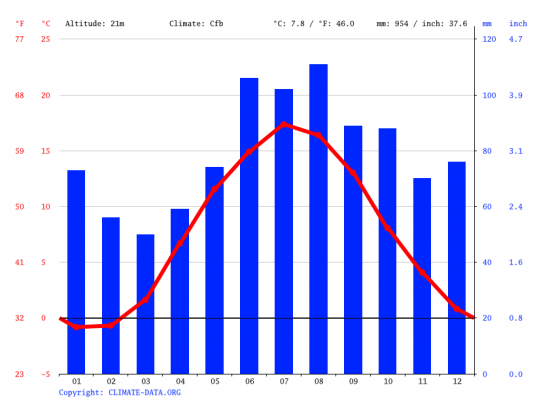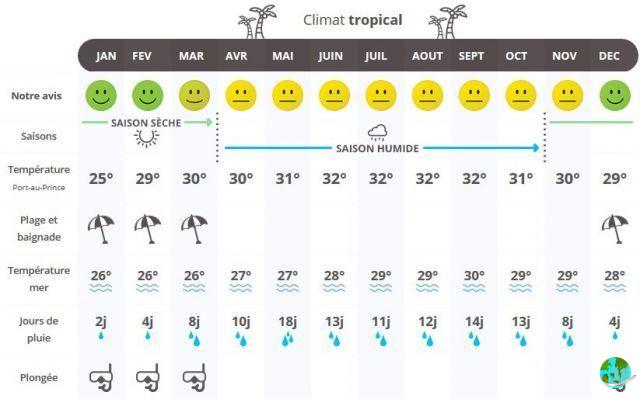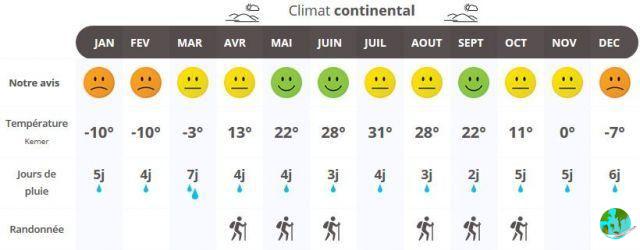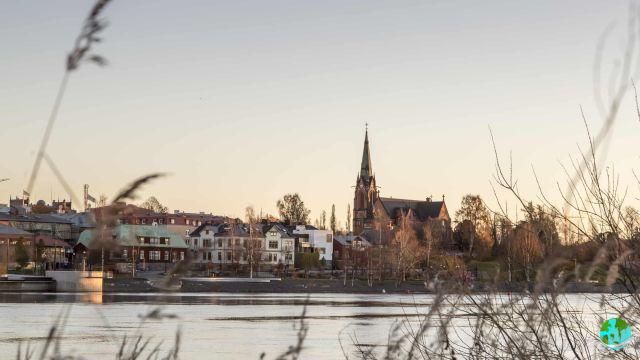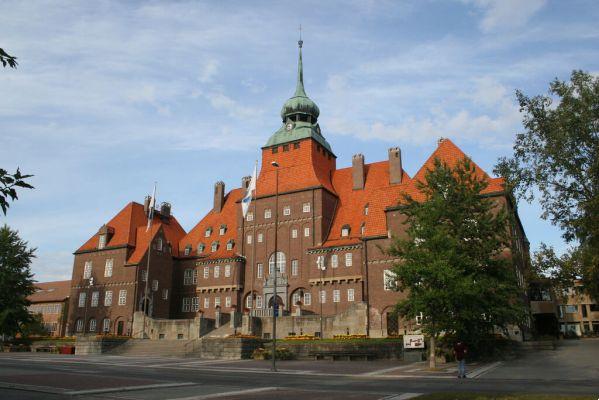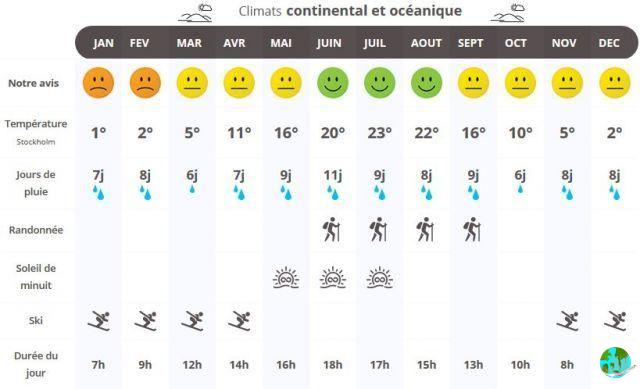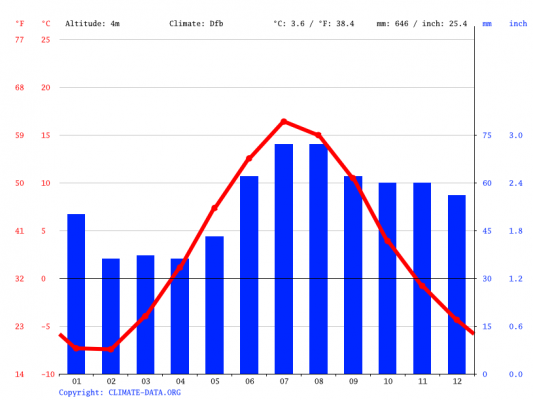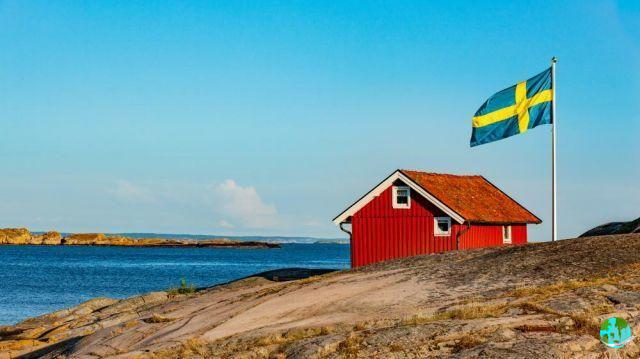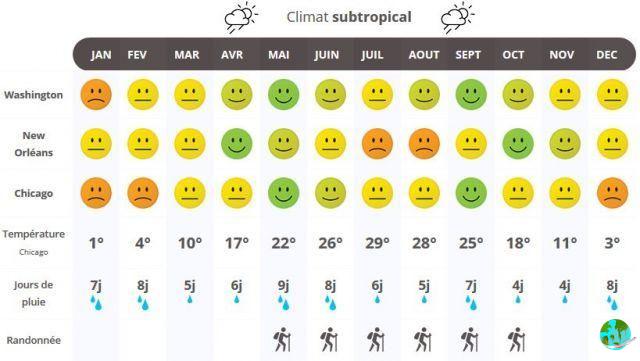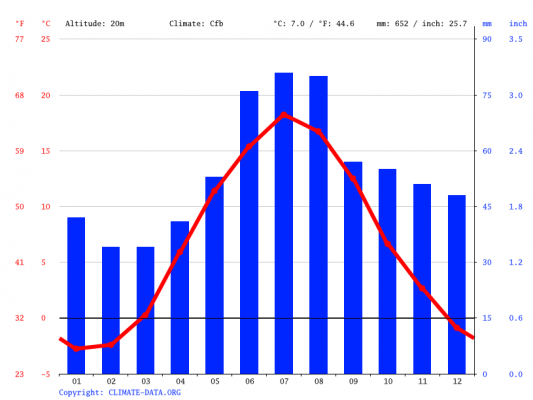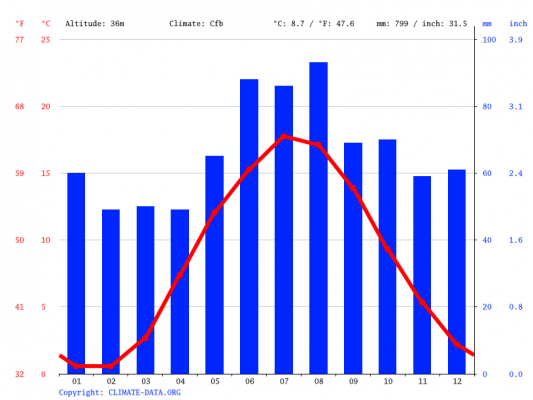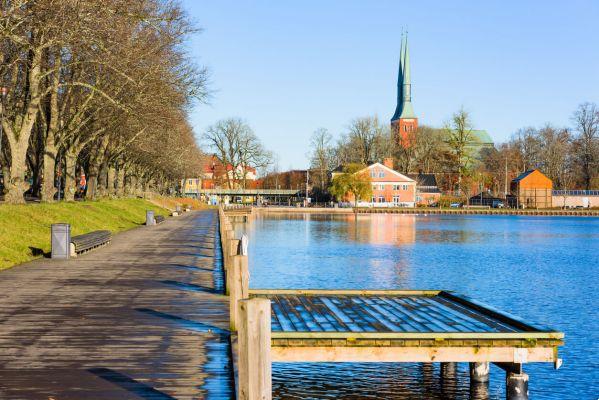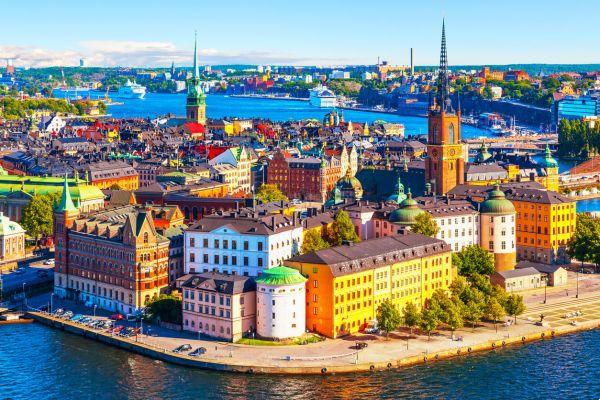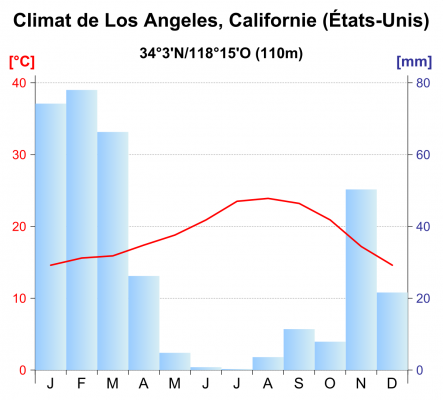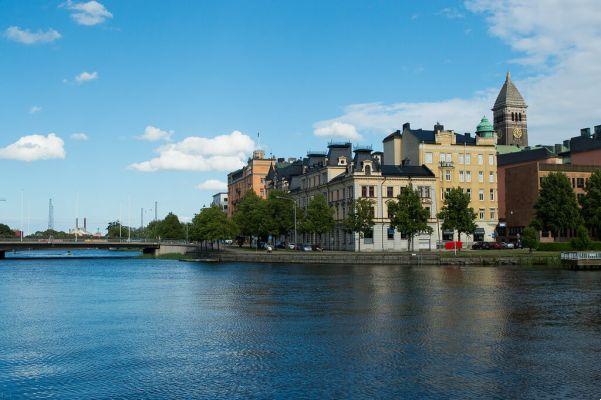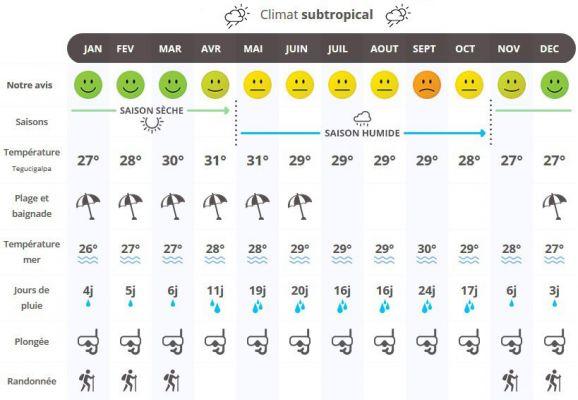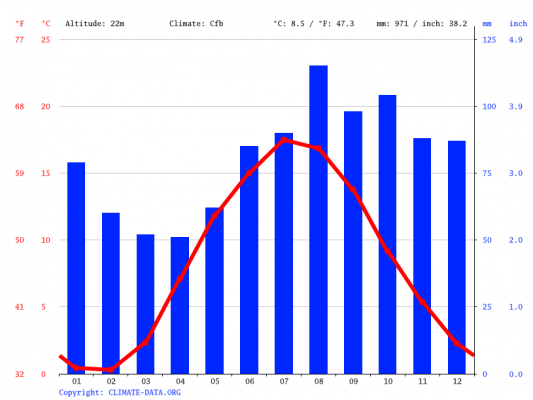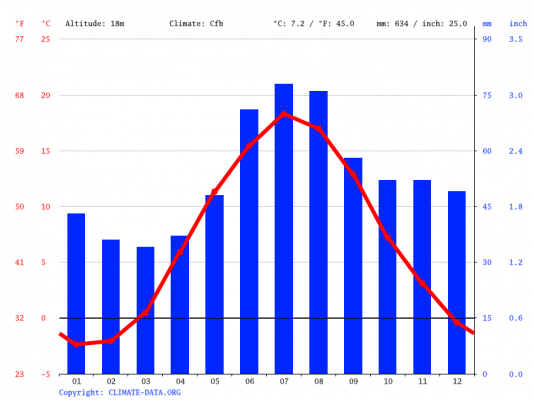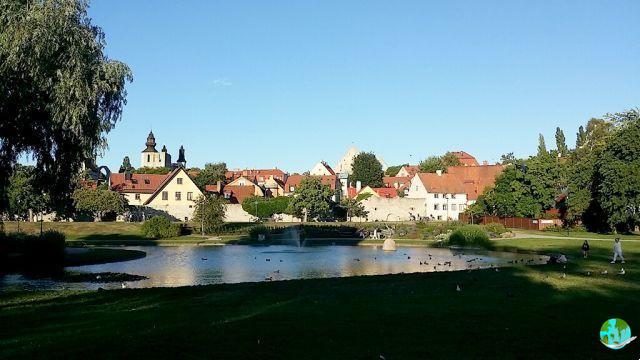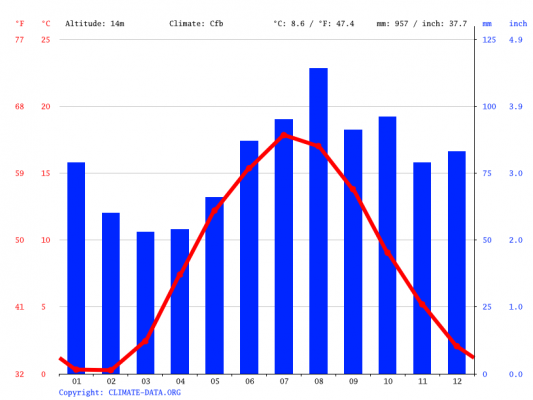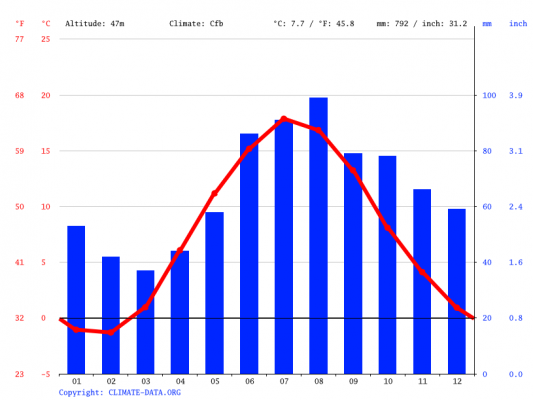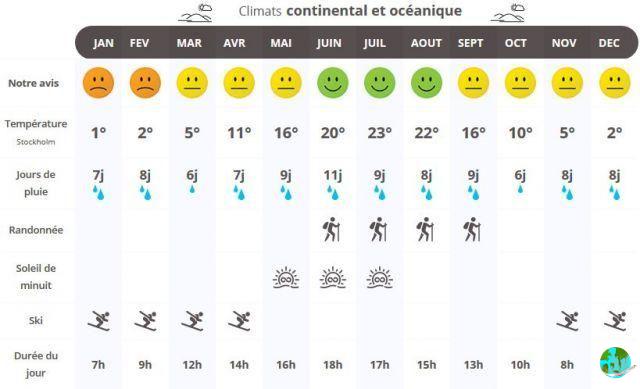
Annual average climate in Sweden
- Minimum annual temperature: 1°C
- Average annual temperature: 5°C
- Maximum annual temperature: 9°C
- Precipitation: 59 mm/month (with 14 rainy days/month)
The best time to go to Sweden
| Min / Max | Precipitation | |
| January | -8 ° / -2 ° | 50mm / 16 days |
| february | -9 ° / -2 ° | 38mm / 13 days |
| March | -7 ° / 2 ° | 31mm / 11 days |
| April | -1 ° / 8 ° | 35mm / 10 days |
| may | 4 ° / 14 ° | 51mm / 13 days |
| June | 8 ° / 18 ° | 72mm / 14 days |
| July | 11 ° / 21 ° | 90mm / 15 days |
| August | 10 ° / 19 ° | 85mm / 15 days |
| September | 6 ° / 15 ° | 60mm / 13 days |
| October | 2 ° / 8 ° | 70mm / 15 days |
| November | -2 ° / 3 ° | 63mm / 17 days |
| December | -7 ° / -1 ° | 58mm / 17 days |
These weather forecasts have been calculated using data from weather stations located across Sweden.
Details by cities
Check the climate forecast for the largest cities in Sweden:
- Stockholm (8°C on average)
see the detail > - Gothenburg (9°C on average | 79 mm of rain/month over 14 days)
see the detail > - Malmo (9°C on average | 54 mm of rain/month over 14 days)
see the detail > - Uppsala (7°C on average | 48 mm of rain/month over 13 days)
see the detail > - Sollentuna (8°C on average)
see the detail > - Vasteras (7°C on average | 53 mm of rain/month over 13 days)
see the detail > - Orebro (7°C on average | 60 mm of rain/month over 14 days)
see the detail > - Linköping (7°C on average | 52 mm of rain/month over 15 days)
see the detail > - Helsingborg (9°C on average | 58 mm of rain/month over 14 days)
see the detail > - Jönköping (6°C on average)
see the detail >
F.A.Q.
Which are the hottest cities in Sweden?
The following cities record the highest average maximum temperatures over the year:
Falkenberg (with 13°C), Varberg (with 12°C), Municipality of Motala (with 12°C), Katrineholm (with 12°C), Karlshamn (with 12°C), …
Which are the coldest cities in Sweden?
These cities are among those with the lowest average temperatures over the year:
kirun (with 0°C), ground (with 2°C), Lulea (with 3°C), Pitea (with 3°C), Umeå (with 4°C), …
Which cities have the least rain in Sweden?
The following cities are among the driest in the country and record the fewest number of rainy days over the year:
Ystad (with 137 rainy days), Ostersund (with 137 rainy days), Nykoping (with 138 rainy days), Hudiksvall (with 142 rainy days), Mariestad (with 143 rainy days), …
Which cities have the most rain in Sweden?
These cities are among the rainiest in the country:
Boras (with 93 mm/month), Gothenburg (with 79 mm/month), Alingsås (with 77 mm/month), Björlanda (with 77 mm/month), Halmstad (with 74 mm/month), …
Which are the hottest months in Sweden?
The months of the year with the highest maximum temperatures are:
July (with 21°C), August (with 19°C), June (with 18°C), …
Which are the coldest months in Sweden?
The months of the year with the lowest average temperatures are:
January (with -5°C), february (with -5°C), December (with -4°C), …
Which are the driest months in Sweden?
The months of the year with the least rainfall are:
March (with 31 mm/month), April (with 35 mm/month), february (with 38 mm/month), …
Which are the rainiest months in Sweden?
The months of the year with the most rain are:
July (with 90 mm/month), August (with 85 mm/month), June (with 72 mm/month), …
The traveler's toolbox 🧳
Prepare, compare, and book your trip with our selection of must-see sites:
🛏 Booking: find your hotel/accommodation around the world
🔁 HomeExchange: the #1 home exchange platform
✈️ Skyscanner: surely the best flight comparator
⏱ LastMinute: the best offers for leaving at the last minute
🚗 RentalCars: search and compare car rental
🎟 GetYourGuide: book unforgettable tours and experiences




